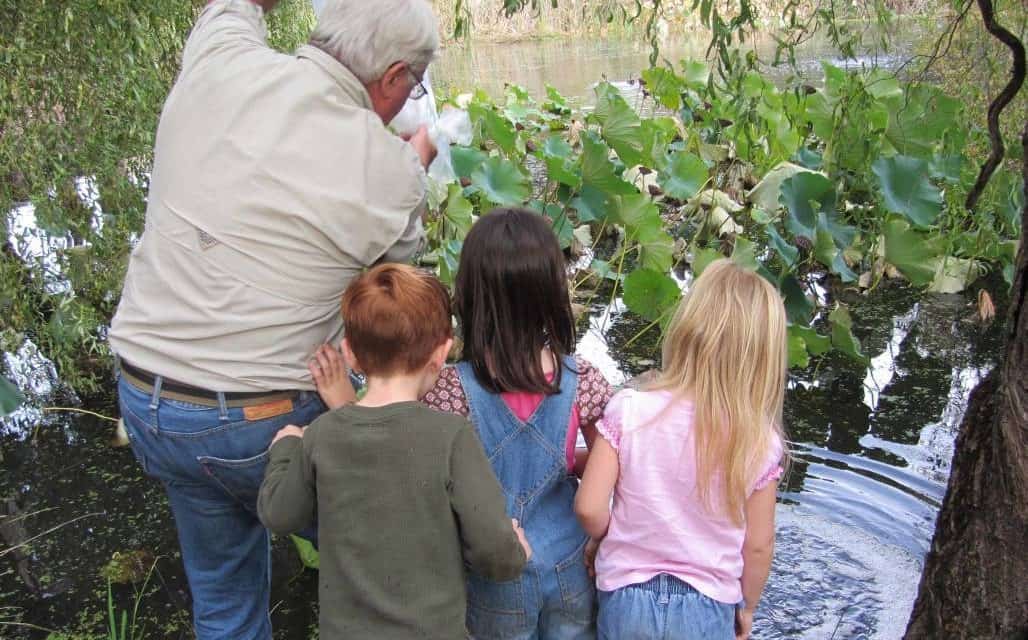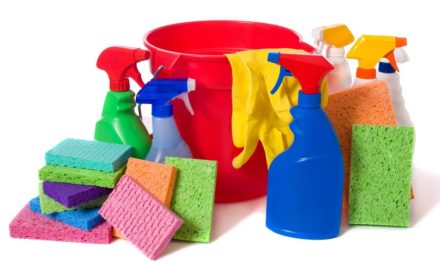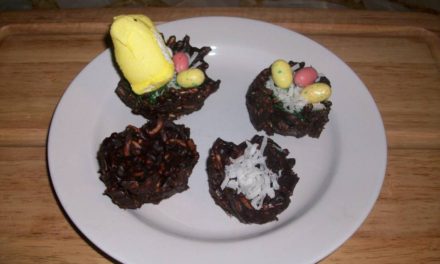Tips on Stocking Your Lake or Pond
By Tony S. Vaught Professional Aquaculture Services Part two of three series
 Tony S. Vaught
Tony S. VaughtThe first question that I am generally asked when talking to a pond owner about stocking their pond is, “what kind of fish should I grow?” Location, seasonal water temperature changes, and the intended use of the pond all have a bearing on my recommendation of fish to stock.
As an example, often, mountain ponds have cold water from late fall to early spring that warm up in the summer months. This condition will support fish that have the ability to survive within a wide temperature range. Warm and cool water fish, such as largemouth bass, bluegill, and channel catfish would be the most reliable in this example and, therefore, are what I would recommend.The bass and bluegill complement each other as the bluegill produce a large population and the bass keep that bluegill population in check. Channel catfish, on the other hand, will grow in size instead of numbers, providing a stable population of excellent table fish.
I often receive requests for trout as well. In areas that have these seasonal changes, it is risky to assume the temperature will stay below 68 degrees Fahrenheit, the upper limits of trout survival. Even when a pond is deep, the cooler bottom water may be void of oxygen and the upper strata may be too warm. My suggestion, in this situation, would be to stock warm and cool water fish, take temperatures during the summer, then evaluate to conclude whether or not it would be appropriate to stock trout for the following year.
When stocking your pond, it is also a great time to think about pond improvements to promote fish growth and to provide aeration for fish in the hot summer months. The addition of a simple aerator, run only part of the day, will help add oxygen and dramatically increase the circulation of nutrients within the pond. Aerators are available in electric and windmill-driven models. Also, automatic feeders insure consistent growth throughout the summer and are highly recommended. And lastly, the addition of artificial reefs help young hatchlings to escape larger predatory fish and birds, keeping your small fish population strong and, in turn, keeping your pond at optimum health.
Do not forget to check with your fish provider to determine if a permit from the Department of Fish and Wildlife is required. Some areas do not require a permit while others may. If a permit is required it is a simple and inexpensive process. Again, have your fish provider assist you with the permit.
A pond is a terrible thing to waste. With proper management it can provide many hours of enjoyment and recreation. Remember, a healthy pond is one with a thriving population of fish, which keeps water quality optimal and reduces weeds and other pests.It is easy to get started and the rewards are great!!! Finally, In my last article we talked about Aquaponics. Some of the same criteria apply in a closed system. An Aquaponics system can be controlled more than a natural pond. The seasons can be extended by temperature regulation. Your fish provider can give you some choices of appropriate fish for your Climate and system. For the “ponics” folks out there visit www.homegrownponics.com for natural solutions for water conditioning. The site is new and is adding new natural products for home grown fish, flowers, and produce.
In our next article we will touch on preparing your pond for seasonal changed and some insight on setting up your winter Aquaponics garden. About the Author, Tony Vaught is the owner of Professional Aquaculture Services. He has been farming fish stocking lakes and ponds though out the western United States for over 35 years. Mr. Vaught has consulted on many aquaculture projects worldwide. He has been involved in both commercial and homegrown aquaponics projects and advises for several companies. He can be reached by email at info@proaqua.com or by phone at 530-343-0405. His web sites are www.proaqua.com and www.aquculturedirect.com. To list items for sale or purchase items that may be of interest to aqua-farmers go to www.aglist.org.












